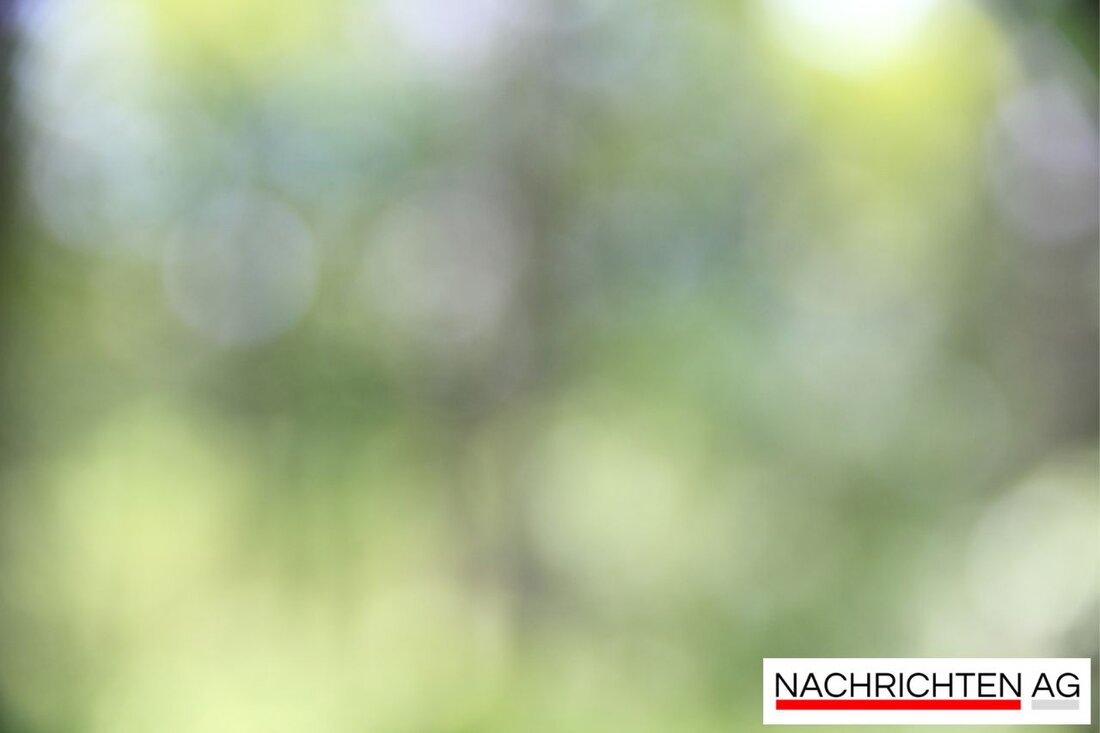Art promotion in change: the fragile power of the patron!
Art promotion in change: the fragile power of the patron!
In the discussion about art promotion, the role of the patron is often emphasized. Historically, princes and wealthy private individuals have supported artistic work for centuries, but often associated with certain expectations. According to a report by Kölner Stadt-Anzeiger , the relationship between artists and their donors was often shaped by the expectation of thanks and praise. A lack of recognition could have painful consequences for artists, including the risk of being hunted by the farm.
Especially in the past, it was not uncommon for state -financed art to be regarded as a state. Significant artists of these epochs included greats such as Michelangelo, Goethe, Mozart and Molière. Wolfram Weimer, Minister of Culture, is currently commenting in the "Süddeutsche Zeitung" and suggests that the state appears as a patron without intervening in censorship.
patronage through the centuries
The tradition of patronage is deeply rooted and goes back to ancient times when pharaons promoted the arts in ancient Egypt. In the Renaissance, the Medici family in Italy attracted important artists such as Michelangelo and Leonardo da Vinci, while the Catholic Church in the Baroque played a decisive role in financing art projects. This is from know the knowledge in detail.
In the 19th and 20th centuries, wealthy industrialists, such as Andrew Carnegie, contributed to the promotion of art by providing financing for libraries and cultural institutions. This historical development shows that patronage not only emerged from altruistic motifs, but also had a significant influence on the art market.
current challenges and requirements
The current situation in the field of art promotion is complex. According to the Bundestag are the relationships between politicians and artists today Brüchig, since demands for state -conformer art become loud from both political sites. Housekeepers are increasingly questioning the measurable benefits of cultural subsidies, which underlines the need to campaign for the freedom of the arts.
Despite these challenges, patronage remains an important form of art promotion. However, the relationship between patrons and artists can also be problematic: critics indicate that the dependence on patron can restrict artistic freedom. Future developments in the field of art promotion could be followed by tax incentives and greater cooperation in order to promote cultural democratization.
Overall, the discussion about the role of the state as patron and expectations and dependencies associated with art promotion remains a central topic in cultural policy. The balance between financial support and artistic freedom is crucial for the future growth and vitality of the art scene.
| Details | |
|---|---|
| Ort | Köln, Deutschland |
| Quellen | |


Kommentare (0)